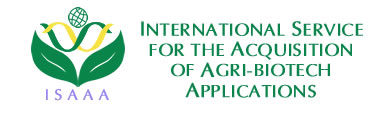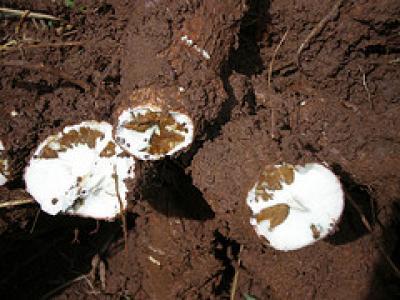 |
| European researchers may now have less incentive to seek collaborators in Africa Shutterstock |
A mandate for EU research groups to include African partners in projects was dropped from the Seventh Framework Programme (FP7) 2013 calls for proposals for EU competitive research grant issued last month (9 July).
The calls cover 11 themes, including agriculture, water and energy, and are worth 8.1 billion Euros (US$10.2 billion).
In the FP7 grants for the period 2010–2012, researchers engaged in investigating a number of themes, including fisheries and biotechnology, were required to collaborate with at least one international group from Africa.
Some fear that in the absence of a specific mandate, EU researchers will be unwilling to collaborate with African peers. There are also concerns that the decision may affect calls for grants for Horizon 2020, the EU's 2014–2020 framework programme for research and innovation to replace the FP7, worth around US$100 billion.
François Stepman, European co-manager of the Platform for African-European Partnerships for Agricultural Research for Development (PAEPARD), told SciDev.Net that without requirements for African collaborations, many EU researchers will be reluctant to work with African scientists, believing it will not help their careers to do so.
"There's a decline [among EU researchers] in trying to include African researchers," Stepman said.
Young scientists keen on building careers are more likely to collaborate with US researchers, because this is more likely to lead to publications in international journals, he explained.
Stepman told SciDev.Net that EU scientists also worry African researchers can lack the administrative support available in developed countries, leading to challenges in "getting the reports in on time and in getting the finance".
"You have to do too much work to get them on board," he said.
The decline in partnerships will affect the ability of scientists to research subjects of mutual interest, including food security and price hikes, climate change, biofuels and genetically modified organisms, he added.
For African scientists, the fallout could be severe.
"Many African experts don't have access to research funding from their [own] countries," Kevin Chika Urama, executive director of the Africa Technology Policy Studies Network (ATPS) in Nairobi, Kenya, told SciDev.Net. "The EU research funding has been a pivotal avenue to partnership with EU researchers."
"A lot of African issues, such as the needs of the poor in rural areas, are under-researched," Urama added. "Some of these issues are not of interest [to European researchers]," he said, adding that a solution may be for the EU to set up a specific grant programme aimed at African researchers.
The move to drop the mandatory collaboration with Africa from 2013 calls for proposals reflects European political leaders' disquiet about the use of funds outside the EU generally, said Andrew Cherry, coordinator for the Network for the Coordination and Advancement of Sub-Saharan Africa-EU Science & Technology Cooperation (CAAST-Net).
However, Daan du Toit, minister counsellor for science and technology at the South African Mission to the EU said the move does not mean fruitful cooperation is not possible.
"All topics of this year's FP7 calls for proposals are open for African participation. African researchers have to identify, which ones are relevant for them, and ones where they can add value to the work of the European or international consortia — then participation will follow. In many of the topics in this year's calls African researchers are well placed to play an important part."
Michael Jennings, a European Commission spokesperson for research, innovation and science, told SciDev.Net there was a need "to better articulate science and technology capacity-building initiatives" to be supported with "collaborative research activities that can be selected and funded through FP7 and the upcoming Horizon 2020 programme".
Cherry told SciDev.Net that it remains to be seen how African researchers can participate in Horizon 2020.
Related article:
3 September. Nature. International Weekly Journal of Science

































